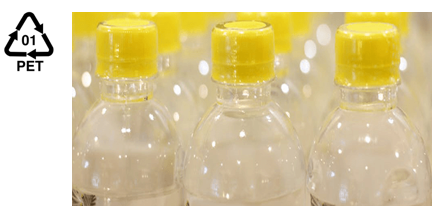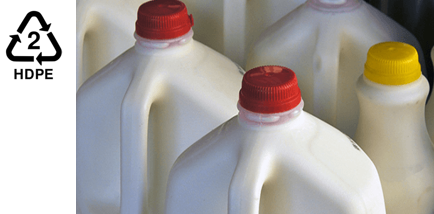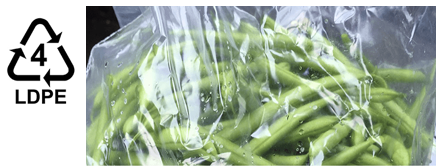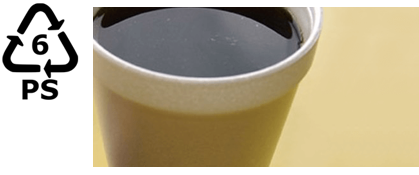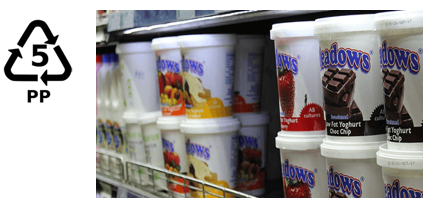A summary of plastics (for food&drinking packaging): what they mean to our health?
Plastics may be the most polarizing material of modern times. It provides a series of incredible benefits that help us every day. Plastic are also used in many types of food & drinking packaging. They help protecting foods from damages. But do you know detailed about the difference of plastics? What do they mean to our health?
● What are the different types of plastics used in food & drinking packaging?
You may have seen the number 1 through 7 on the bottom or side of a plastic packaging container. This number is the plastic “resin identification code,” also known as the “recycling number.” This number can also provide guidance for consumers who want to recycle plastic containers.
● What does the number on plastic mean?
The Resin Identification Code or recycling number on plastic identifies the type of plastic. Here we`d like to share more information about the most common plastics used in food & drinking packaging, available at the Society of Plastics Engineers (SPE) and Plastics Industry Association (PIA):
PETE or PET (Recycling number 1 / Resin ID Code 1
HDPE (Recycling number 2 / Resin ID Code 2)
PVC (Recycling number 3 / Resin ID Code 3)
LDPE (Recycling number 4 / Resin ID Code 4)
PP (Recycling number 5 / Resin ID Code 5)
PS (Recycling number 6 / Resin ID Code 6)
Other or O (Recycling number 7 / Resin ID Code 7)
These are most common types of plastic that we encounter. This is obviously very basic information on a topic that one could spend months on researching. Plastic is a complex material, just as its production, distribution and consumption are. We encourage you to dive in deeper in order to understand all these complexities, such as plastic properties, recyclability, health hazards and alternatives, including the pros and cons of bioplastics.
Post time: Nov-12-2021
 Chinese
Chinese

